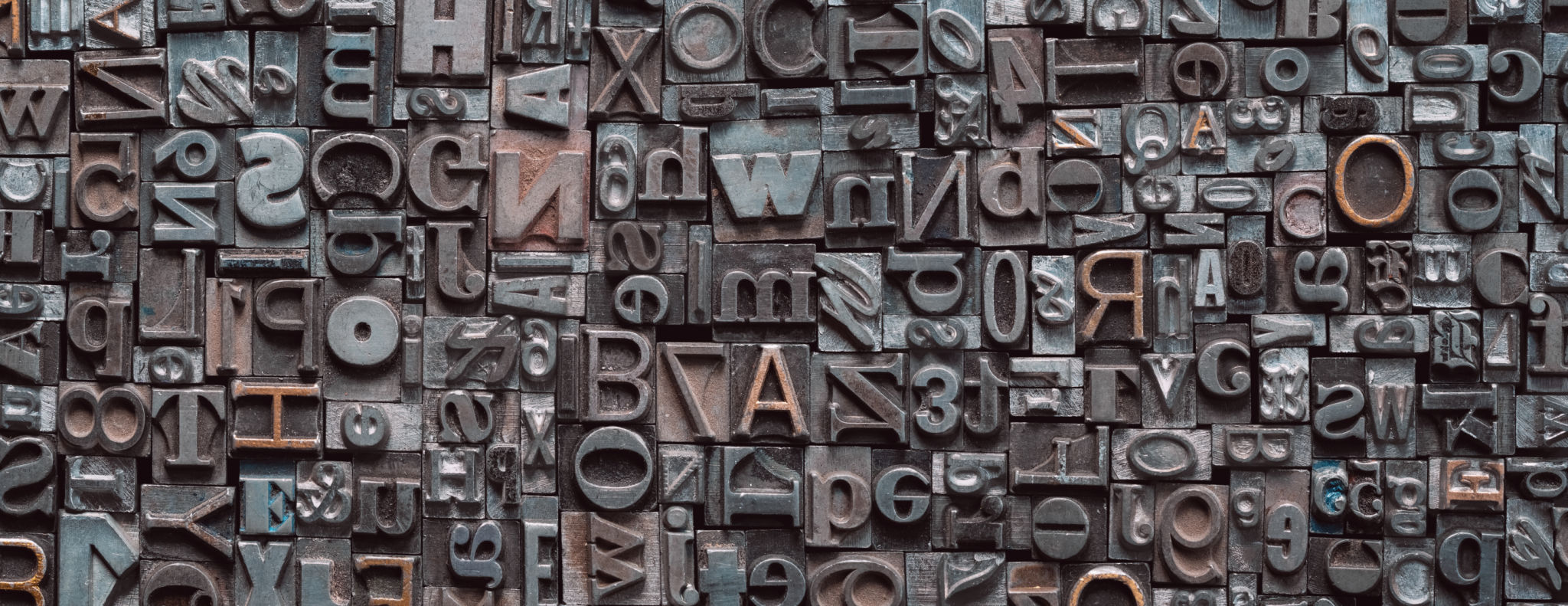The Complete Guide to Wallpaper Removal and Installation in Harrisonburg
Understanding Wallpaper Types
Before diving into wallpaper removal and installation, it's essential to understand the different types of wallpaper available. The most common types include vinyl, fabric, and paper-backed. Vinyl wallpaper is highly durable and easy to clean, making it ideal for high-traffic areas. Fabric wallpaper offers a luxurious texture but requires more careful maintenance. Paper-backed wallpaper is lightweight and budget-friendly, though it might not stand up to moisture as well as other types.

Gathering the Right Tools
Successful wallpaper removal and installation start with gathering the right tools. For removal, you'll need items such as a wallpaper scraper, a scoring tool, a sponge or cloth, and a spray bottle. For installation, a tape measure, utility knife, smoothing brush, and adhesive paste are essential. Having these tools at hand will make the process smoother and more efficient.
Preparation Tips
Preparation is key to achieving a professional-looking finish. Begin by clearing the room of furniture and covering floors with drop cloths. Inspect the walls for any damage that might need repairing before starting the project. It's also wise to turn off the electricity and remove outlet covers to ensure safety during the process.

Steps for Wallpaper Removal
Removing old wallpaper can be a labor-intensive task, but following the right steps can simplify it. First, use the scoring tool to create small perforations in the wallpaper. This allows the removal solution to penetrate better. Next, mix a solution of warm water and wallpaper remover in a spray bottle and apply it generously to the wall. Allow it to soak for several minutes before gently peeling away the paper with a scraper.
Dealing with Stubborn Wallpaper
For particularly stubborn wallpaper, additional techniques may be necessary. You can use a steamer to loosen the adhesive further or apply additional removal solution. Be patient and work slowly to avoid damaging the wall beneath.

Installing New Wallpaper
Once the old wallpaper is removed, it's time to install the new one. Begin by measuring the height of your walls and cutting strips of wallpaper accordingly, leaving an extra couple of inches at the top and bottom for adjustments. Apply adhesive paste evenly to the back of each strip if it's not pre-pasted.
Smoothing and Trimming
Position the first strip at the top of the wall and press it into place using a smoothing brush to eliminate air bubbles and wrinkles. Carefully align each subsequent strip with the previous one, ensuring patterns match up perfectly. Once all strips are applied, trim excess paper at the ceiling and baseboard using a utility knife.

Aftercare Tips
Proper aftercare will keep your new wallpaper looking fresh for years to come. Avoid excessive moisture in wallpapered rooms, as it can cause peeling or warping over time. Regularly dust or vacuum walls with a soft brush attachment to prevent dirt build-up. If necessary, use a slightly damp cloth for spot cleaning stubborn stains.
By following these guidelines and taking your time with each step, you'll be able to successfully remove old wallpaper and install new designs in your Harrisonburg home, creating a beautiful and refreshed interior space.